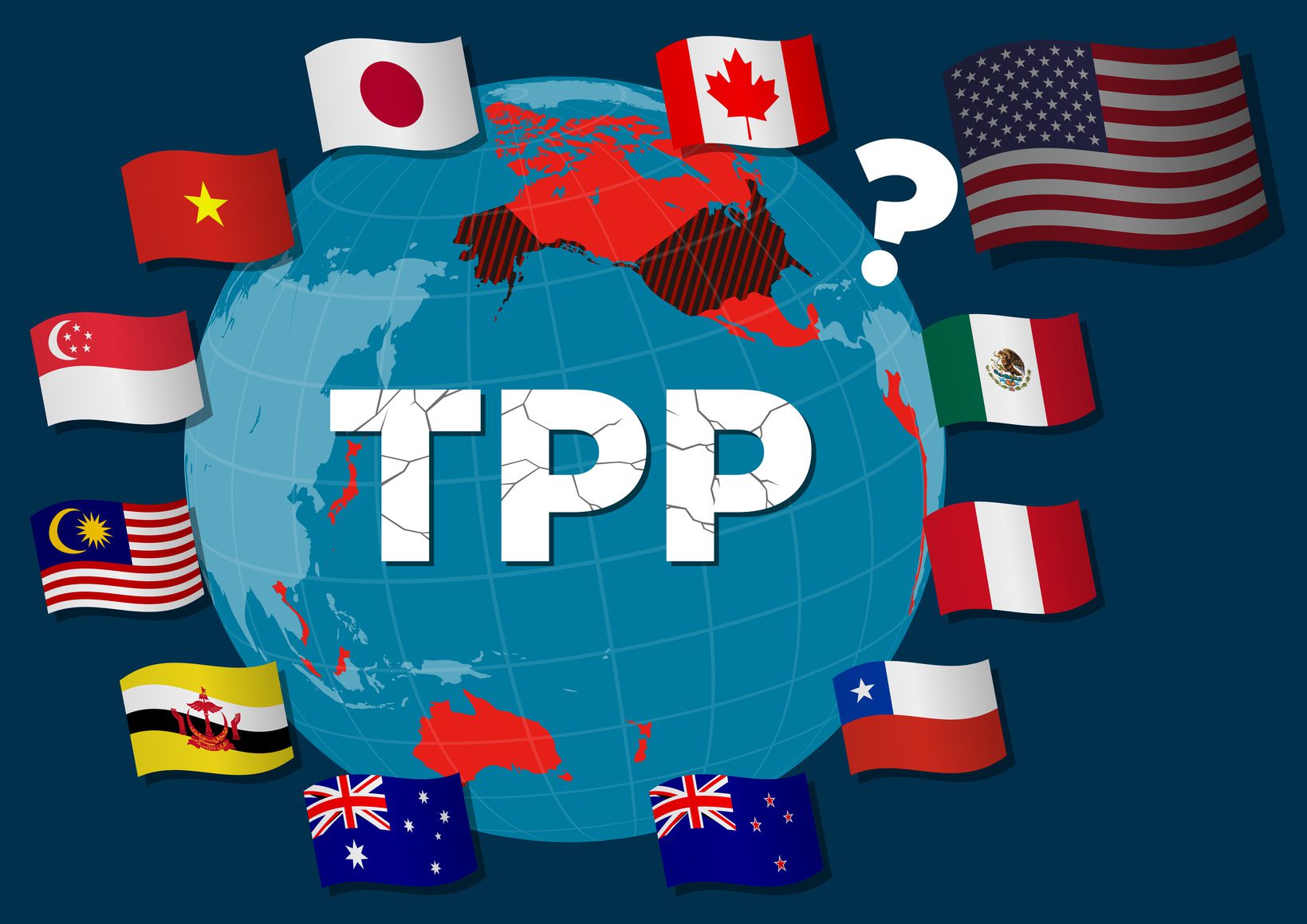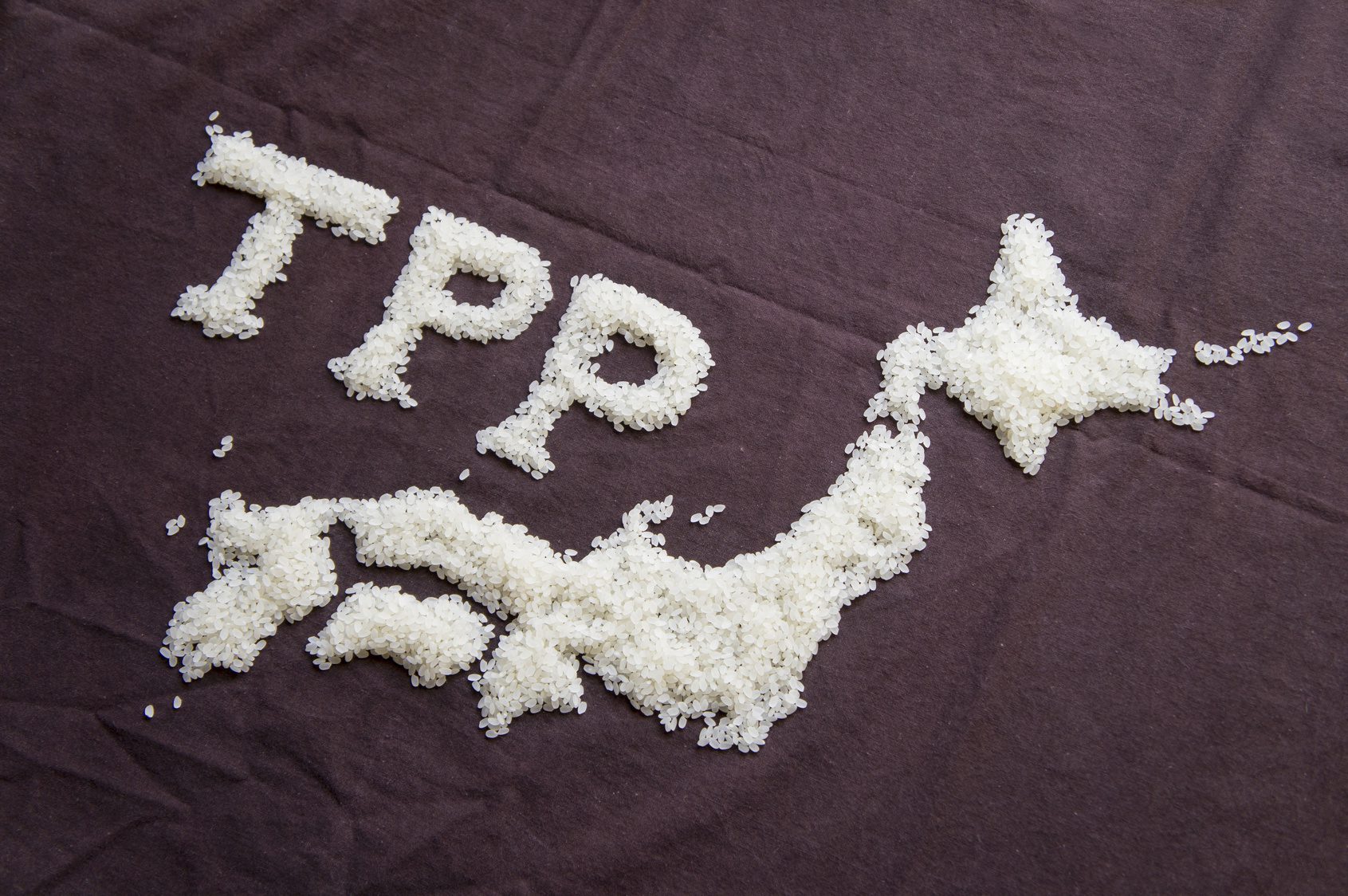1.7kviews
Recording a positive growth year after year since 2001, Vietnam’s garment and textile industry is now banking on a potential TPP and some FTAs to continue its journey on the success path. However, as some of the already existing problems, such as heavy reliance on imported raw materials, become a bigger concern, and new problems such as increase in production cost and threatened interest of domestic players come to surface, will the industry be able to secure its future?
Vietnam’s garment and textile industry has been one of the country’s leading sectors, recording growth of more than 15% annually between 2001 and 2014, remaining the chief contributor to Vietnam’s economy. 18% year-on-year growth was registered by Vietnam’s textile and garment exports in 2013, which took exports value to a whopping US$20 billion.
Garment and textile exports also accounted for a significant proportion of Vietnam’s GDP (approximately 15%) and total exports (about 18%), in the same year. The industry provides jobs and salaries to over 4.5 million workers, out of which approximately 2.5 million are direct workers in 4,000 textile and garment enterprises. Products of the industry get shipped to more than 180 countries across the world.

A lot of optimism is budding around the industry’s performance for the year 2015 and ahead, part of which is arising from the market’s consistent positive growth trajectory traced during the past several years.
Another reason for the optimism is Vietnam’s potential Trans-Pacific Partnership (TPP) with 11 countries (Australia, Brunei, Canada, Chile, Japan, Malaysia, Mexico, New Zealand, Peru, Singapore, the USA) and FTAs with the EU, South Korea, and the Eurasian Customs Union of Belarus, Kazakhstan, Armenia, Kyrgyzstan, and Russia.

The TPP and the FTA with the EU are in last stage of negotiations, while the FTAs with Eurasian Customs Union and South Korea were signed in December 2014 and May 2015, respectively. Industry stakeholders are relying on the TPP and the FTAs to steer the sector into the future.
Completion of the TPP is estimated to increase Vietnam’s garment and textile exports to the USA to US$30 billion by 2020, as compared with US$8.6 billion exports recorded in 2013, recording growth of approximately 250%.
With the EU being the second largest importer of Vietnam’s textiles and garments, a FTA between the two would further boost Vietnam’s garment and textile industry. It is expected that exports from Vietnam to the EU would increase by 20% during 2013-2020 as the value of textiles and garments exports is projected to increase from US$2.7 billion to US$3.2 billion.
Vietnam’s FTA with South Korea is expected to almost triple bilateral trade value during 2015-2020, to reach US$20 billion by 2020. Garment and textile industry is expected to be amongst several Vietnamese industries, which are likely to be positively impacted by the FTA. Also under the FTA between Vietnam and the Eurasian Customs Union, Vietnam’s exports, including textiles and garments, as well as seafood, wooden furniture, and agricultural products, are benefiting from preferential tariffs and are expected to increase by 30% during 2013-2020.
Opportunities for Vietnam’s Garment and Textile Industry from the TPP and the FTAs
Further expansion of the industry’s exports share in the USA
|
|
Even though the USA has been Vietnam’s largest garment and textile exports market (as of 2014), the industry’s exports account for only 8-9% of total textile and garment imports in USA. TPP offers a chance to increase Vietnam’s textile and garment’s share to 12-13% in the US market as the tariff would be reduced from 17% to 0%
|
| Increase in the number of foreign direct investments in the industry |
|
Number of foreign investments is likely to increase in Vietnam’s garment and textile industry with the completion of the TPP and the FTAs with the EU, the Eurasian Customs Union, and South Korea. The industry might further develop (e.g. in terms of infrastructure) through utilization of additional revenue generated from increased exports. This can perhaps become a key reason for foreign investors to initiate new investments in the industry
|
| Becoming one of leading nations in global garment and textile production chain |
|
Vietnam has a chance of becoming a truly global player in the world garment and textile industry if it starts manufacturing high-quality textiles and garments by upgrading and maintaining its production standards and adopting advanced production technologies with the help of FTAs
|
| Boosting Vietnam’s local garment and textile players’ position in the market |
|
FTAs can boost restructuring process among Vietnam’s garment and textile companies and offer a new array of opportunities arising from preferential or 0% tariffs, cheaper supplies, and loosening of other trade barriers. Vietnam’s government can also promote local players further by offering garment and textile industry related subsidies (for example, charging lower taxes on garment and textile manufacturing plants). Such subsidies would further encourage Vietnam’s local garment and textile industry players to expand their operations and help the industry in a positive way
|
Roadblocks for Vietnam’s Garment and Textile Industry Growth
| Heavy Dependence on Imported Raw Materials |
|
According to VINATEX (Vietnam National Textile and Garment Group, Vietnam’s state-owned largest garment and textile corporation which manages Vietnam Textile Garment Group), in 2013, the country’s domestic cotton production satisfied only 1% of the industry demand while domestic fabric production fulfilled 12-13% of the demand. Materials from China account for almost 50% of the total raw materials imported by the industry. As of 2013, cotton worth US$7.5 million, yarn worth US$350 million, and fabric worth US$3 billion were imported from China to Vietnam.
Raw material development in Vietnam is challenged by environmental protection laws implemented by Ho Chi Minh City Garment and Textile Association (HCMC, a government association) wherein limited licenses have been awarded to Vietnam’s garment and textile dyeing and weaving plants as they cause heavy pollution. Moreover, farmers have been earning higher profits through plantation of crops other than cotton which further hampers local cotton production.

The potential TPP is likely to be based on the yarn-forward principle. The principle mandates every stage of garment and textile production (such as sourcing/developing of raw materials, weaving, dyeing, finishing, and sewing) to be executed in Vietnam or 11 other TPP member countries. Only if this requirement is met, the products will be eligible for a duty-free export to other TPP member countries. Since China accounts for almost 50% of the total raw materials imported by Vietnam’s garment and textile industry, the yarn-forward principle would further compel Vietnam to locally produce raw materials to manufacture garments and textiles to be exported to other TPP member countries.
|
| Increasing Production Costs |
|
Growing prices of electricity and transportation, along with an increase in minimum wages are also becoming new causes of headache to the industry players. In Vietnam, minimum wages witnessed a hike of 15.2% in 2014 (while it is generally assumed that already a 10% increase in minimum wages pushes up a company’s salary costs by almost 17% due to increased allowances and other social benefits).
For the year 2015, Vietnam’s garment and textile manufacturers believed that if the increase in minimum wages goes beyond 12%, the impact of the increase will be noticed in terms of higher market selling prices of Vietnam’s garments and textiles. Such a situation would reduce total revenue generated by the industry as higher selling prices might adversely affect exports and thereby, take away some FTA-related potential revenue. In order to avoid the situation, Vietnam’s garment and textile manufacturers attempted to cap the increase in minimum wages by a maximum of 12%, in 2015. However, Vietnam’s government decided the hike for the year 2015 to be 13-15%, which is bound to adversely affect selling prices of the industry’s products.
|
| Interest of Domestic Market Players at Risk |
|
FTAs such as those with the Eurasian Customs Union, the EU, South Korea, and the TPP would open doors of Vietnam’s garment and textile industry for foreign players. Foreign companies have already accelerated their investments in the industry. This is leading to higher number of foreign firms, which are usually technologically advanced and capital rich, sidelining local industry players (as per Viet Nam Chamber of Commerce and Industry report published in 2014, as of 2013, 96% Vietnamese companies operated on small scale and lagged behind on capital and technology fronts).
Some examples of foreign players planning to enter the industry include Kyung Bang Vietnam (a 100% South Korean invested enterprise), which is in the process of establishing a spinning plant with a capacity of 6,000 tons per annum in Vietnam’s Binh Duong province. Another example is a Hong-Kong based company, Texhong, which is also planning to build a spinning plant in the country’s Quang Ninh province. The entry of foreign players in the industry is likely to intensify competition among all the industry players (both local and foreign).
|
Future Outlook
For the period 2015-2020, Vietnam’s garment and textile industry targets a production growth of 12-14% on an annual basis, 3 million people additionally employed in the industry, and export revenues valued at US$25 billion by end of 2020.
In the light of challenges faced by the market, the industry has started to take efforts in order to have a roadblock-free path ahead to achieve its targets.
Reduce heavy dependence on imported raw material

After realizing the importance of localizing raw material production for the industry, initiatives to increase domestic raw material production are being undertaken. A cotton manufacturing plant, known as “Rang Dong Industrial Park” (infrastructure development expected to complete by end of 2015), at a size of 1,500 hectares and worth US$400 million is being established in Vietnam’s Ninh Thuan province. The park is expected to record production value of US$3 billion on an annual basis.
In addition to this, Vietnam is urging for inclusion of “weak rule of origin” or “single transformation rule” in the TPP agreement. Inclusion of the rule will mandate only cutting and sewing aspects of garment and textile manufacturing process to be performed in one of the TPP member countries. This would allow Vietnam to export garments and textiles manufactured with imported raw material to other TPP members.
Lower production cost

Since the production cost is bound to increase due to growth in minimum wages, it is of paramount importance for Vietnam’s garment and textile manufacturers to look for ways to control and minimize the overall production cost hikes. This might be possible through adoption of more efficient and advanced technologies.
To make the adoption possible, the government in channeling its efforts to attract higher number of FDIs in the industry.
The industry plans to host “Vietnam Garment and Textile Forum – 2015 edition” in June 2015 in Hanoi. Major garment and textile companies such as H&M, Adidas, Puma, and Li & Fung are expected to participate in the forum.
Protect the interest of domestic market players

The government undertook attempts to help domestic raw materials producers as it noticed that certain raw materials utilized by the Vietnamese industry are being imported without any tax.
As such imports tend to hurt domestic producers, in May 2015, Vietnam’s Ministry of Textile and Garment proposed a 2% import tax on polyester staple fibre, which is presently enjoying no import tax.
Objective of the proposal is to safeguard the interest of domestic fibre producers, who were found not to be running at full capacity while imports of the fibre were being recorded at around 150,000 tonnes on an annual basis
All these initiatives will have to stand the test of time, and whether they prove themselves to be sufficient to help Vietnam’s garment and textile industry grow while deriving maximum benefit from the potential of the TPP and various other FTAs, is to be seen.
















